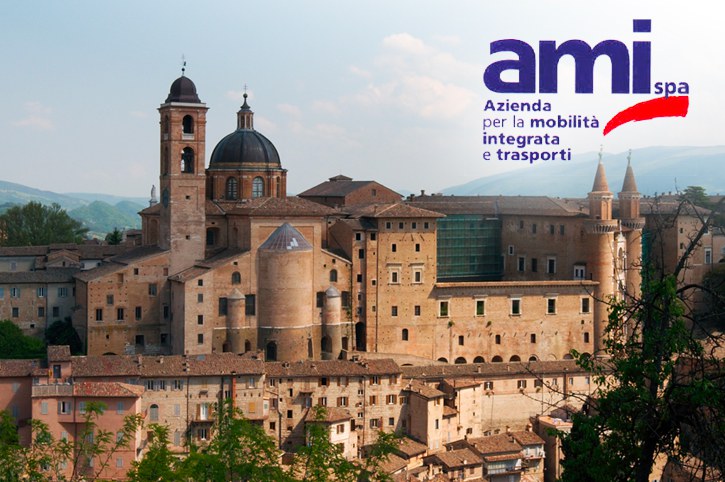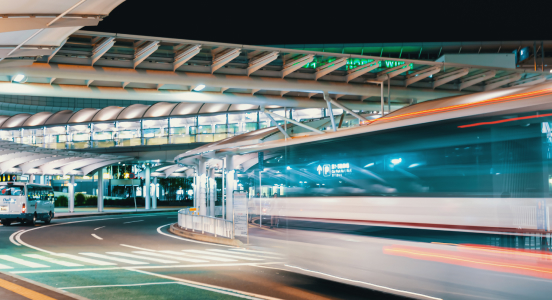Timetable Optimization in Urban Corridors
In this article, you’ll learn how is it possible to increase public transport services efficiency by providing passenger experience in strategic network areas, without compromising business sustainability for public transport companies.
MAIOR’s timetable optimization algorithm embedded in the MAIOR Transit Scheduling Suite supports trip-building optimization in urban corridors, depending on the needs and requirements of the transit company and passengers.
What are Urban Corridors?
Urban corridors are public transport network areas, in which different lines may share parts of their routes, stops, or be linked with contiguous or nearby routes.
In these cases, it is possible to plan the service trips having an overall view of headways or frequencies, passenger demand, available vehicles, or provided origin/destination to provide a better experience and reduce operational costs for the company (in terms of the number of vehicles and dwell times).
This is where the MAIOR Transit Scheduling Suite speeds up and eases the management through a dedicated algorithm to optimize timetables, achieving more efficient connections and allowing multi-line trip planning.
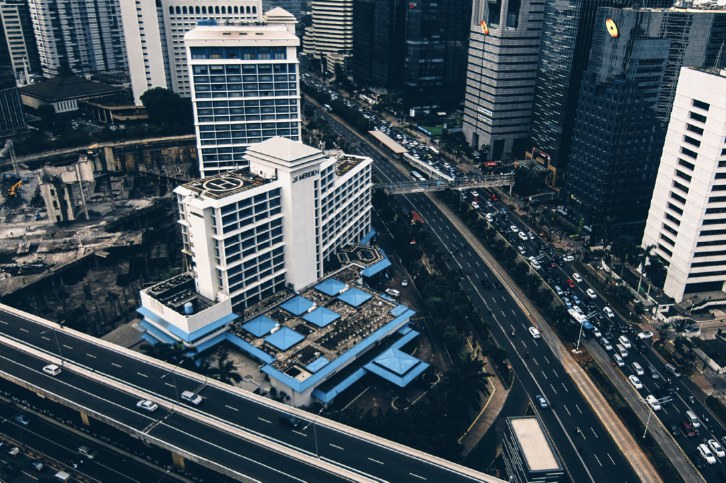
2 Optimization Goals
The dedicated timetable optimization algorithm of the MAIOR Transit Scheduling Suite has two well-defined goals with regard to trip building in urban corridors:
– The first goal: Optimize headways in urban corridors by creating trips with regular frequency between target stops (time points) to ensure that the service offer improves passengers’ experience with better service regularity.
– The second goal: To synchronize the frequency of lines in order to have better mobility on corridors in which the lines have common routes.
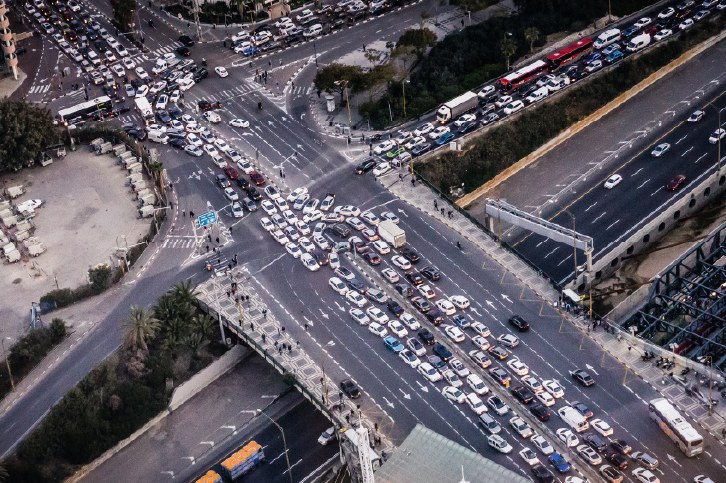
MAIOR’s Timetable Optimization Algorithm
The timetable optimization algorithm within the MAIOR Transit Scheduling Suite finds the right balance between different needs and stakeholders: on one hand, you have the user who wants the most regular service possible, and on the other, you have the service provider company, which wants to minimize costs by reducing the number of vehicles and dwell times.
The MAIOR trip-building algorithm automatically creates trips balancing these two needs.
Users can easily find the best timetable solution, by defining per time band:
– The target headway
– The number of available vehicles
– The number of desired trips
– The number of passengers to be transported
The algorithm then finds the best timetable solution for the urban corridor, creating trips respecting all constraints, and satisfying the needs of both passengers and public transport company.
RELATED ARTICLES
Around the world, thousands of public transportation agencies are facing a new challenge: managing quick service planning and communicating thousands of changes to deal with the coronavirus emergency. MAIOR customers have been able to count on the flexibility and completeness of our solutions to overcome this challenge without difficulty.
Scenario analysis, ease of service re-scheduling, speed in optimizing resources, rapidity in communication with drivers, and timely information to passengers are the most appreciated features of MAIOR solutions in the management of the COVID-19.
Find out more in the testimonials of some of our customers. Follow us on LinkedIn.
Milan, Italy
Operators and user information management
“The weeks of emergency have been challenging, in a very short time and in smart working mode, thanks to the flexibility and ease of use of the MAIOR software, we were able to modify and reschedule dozens of different services. We have also fully exploited the software’s dispatching and kiosk functionalities to communicate in a timely way with the drivers the changes in their duties. The different automatic outputs allowed us to guarantee the information’s accuracy to passengers. In anticipation of what’s about to come, it will be fundamental to hypothesize different scenarios to be evaluated and the MAIOR system will be indispensable to put the service online quickly with the right communications.”
Diego Cecchini, Service Development and Design, Autoguidovie S.p.A.
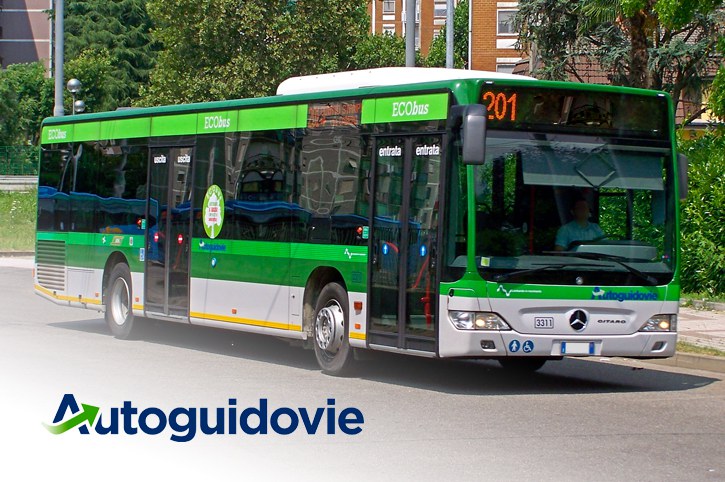
Lazio Region, Italy
Best practice: Service variations management
“In order to deal with this emergency, from the very first days, we began to prepare several operational scenarios that would allow us to react promptly to the need to limit the service.
The calendar management flexibility of the MAIOR software allowed us to choose the operating scenario to be executed on a daily basis, based on the succession of orders from the Lazio Region and the changing restrictions on accessing red zones. In this way, we have also ensured timely and punctual information to users”.
Fabio Toscano, Responsible for Scheduling and MAIOR Applications, Cotral Spa
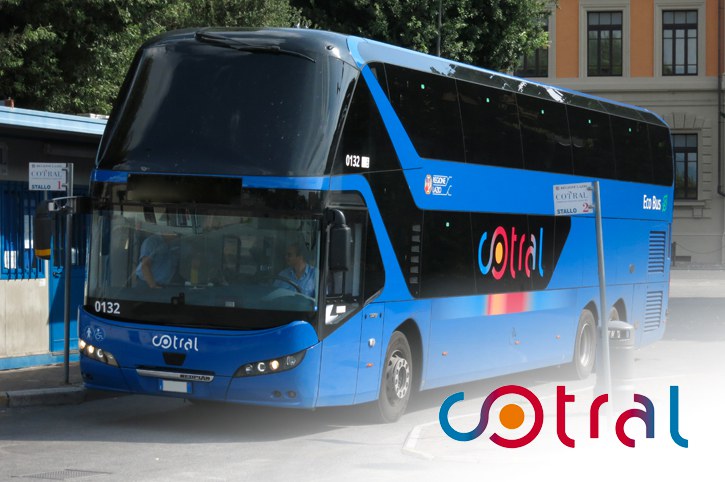
Marche Region, Italy
Service rescheduling with MAIOR in Cloud
“Using the MAIOR suite directly from home we were able to quickly manage the service reduction needed to deal with this emergency. We have modified routes, trips, and duties. In just over a day, the new planned service was ready to be communicated to users and other stakeholders. Moreover, we notified drivers of the new duties via the web app available with the suite, and they can continue to enter their holidays, leaves, or parental leaves requests easily from their smartphone without having to go to the HR office, which continues to remotely check and approve everything”.
Deborah Mesolella, Head of Programming and Service Control, AMI SpA
